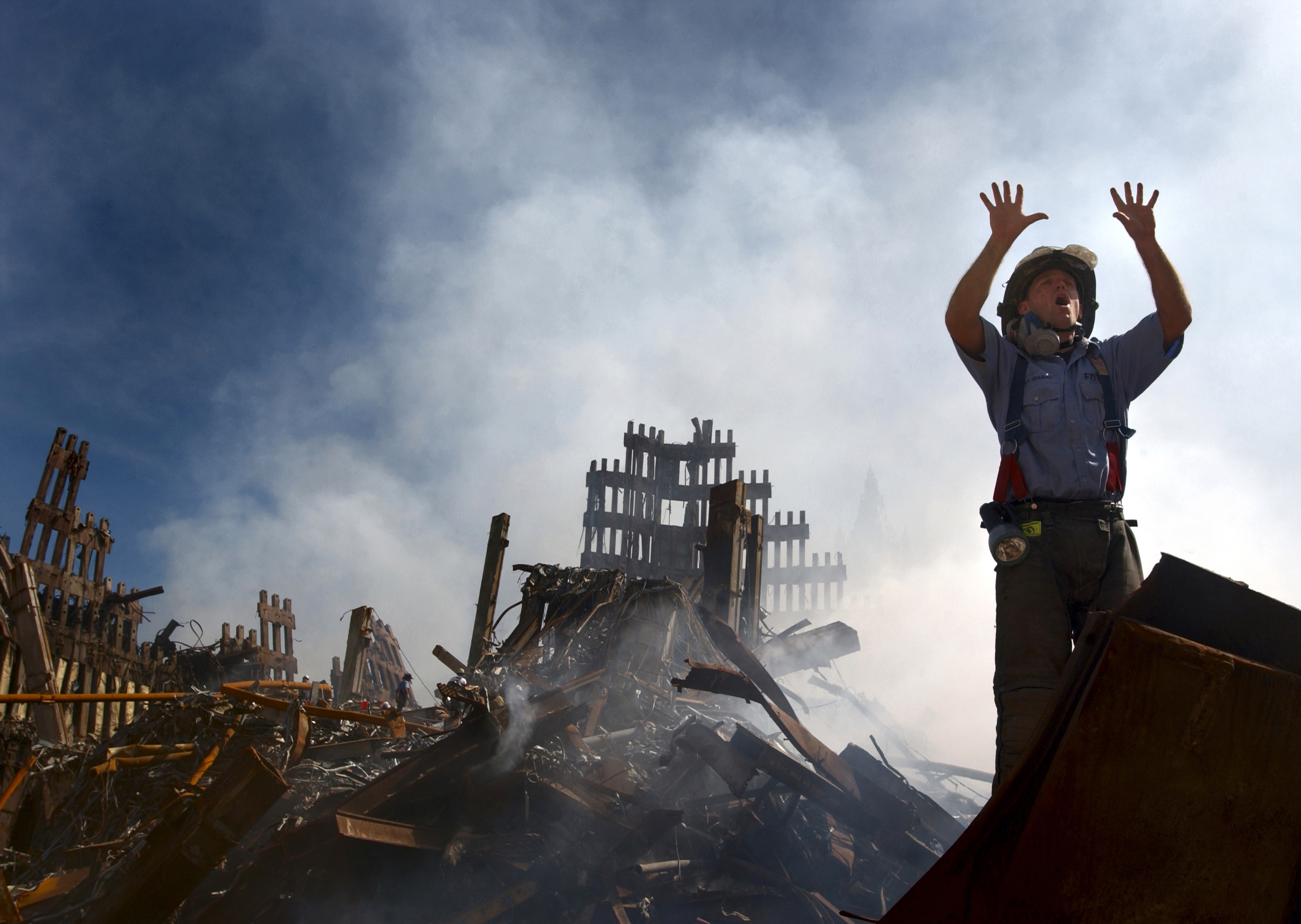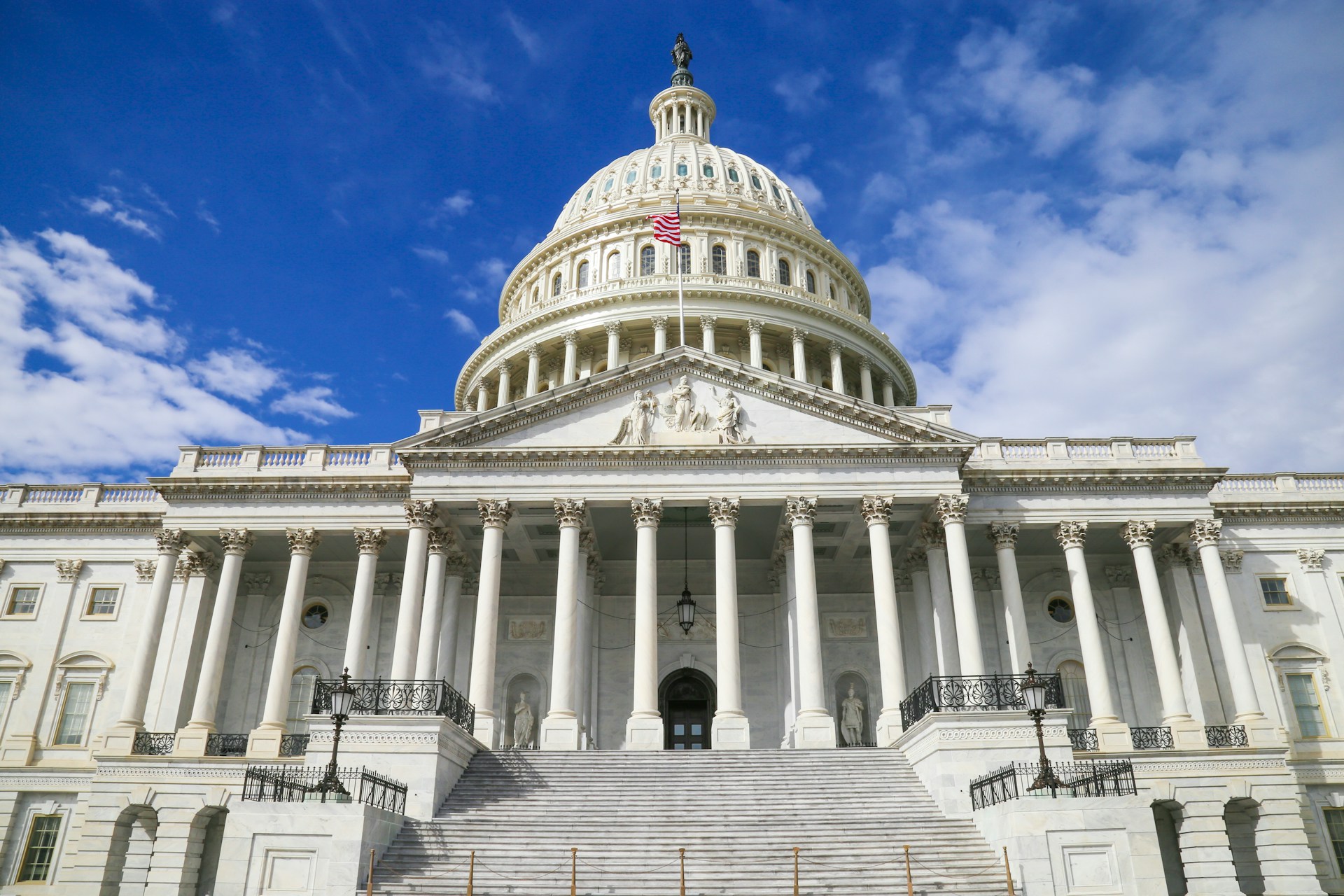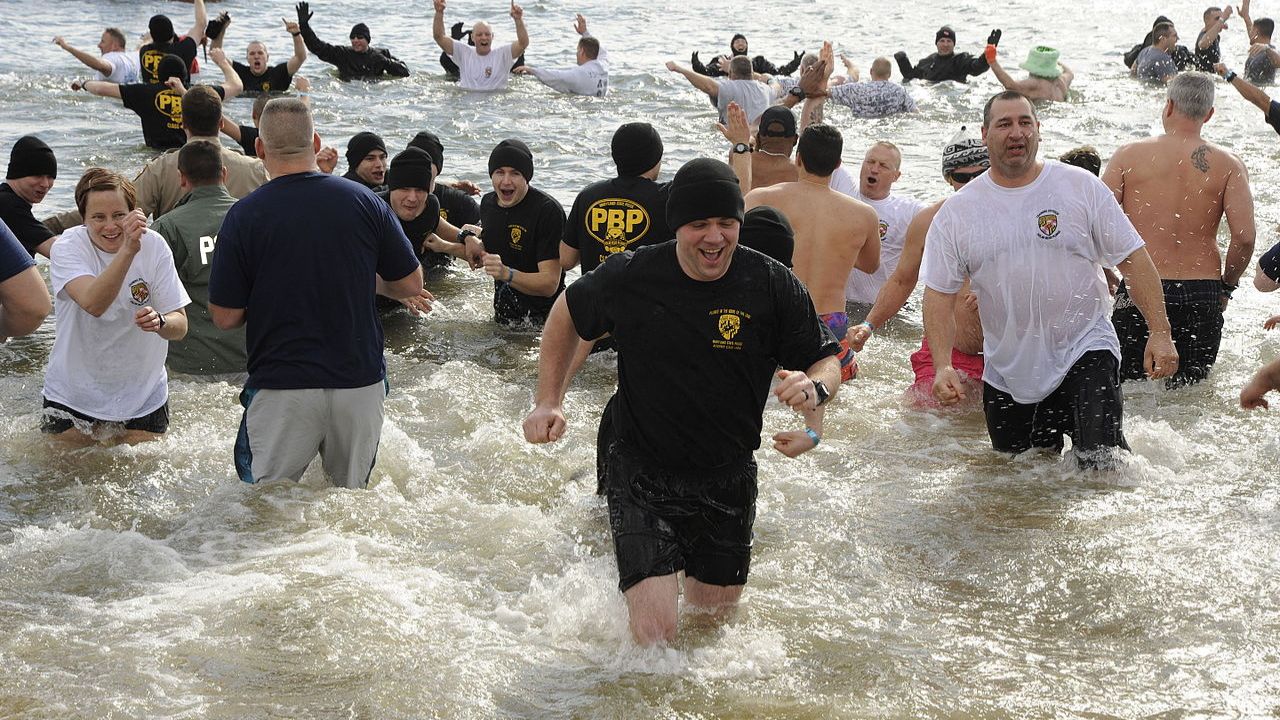History rarely moves in a straight line. On certain days, the world splits into parallel scenes, each tugging the future in a different direction. A harbor burns while a desert outpost braces. A wall opens as phones ring with disbelief. Culture hums along even when politics convulses. These overlaps are not trivia; they reveal how shared time binds distant lives and choices. Here are moments that unfolded together and reshaped memory, policy, and daily life in ways still felt today.
Dec. 7, 1941: Pearl Harbor And Wider Pacific Strikes
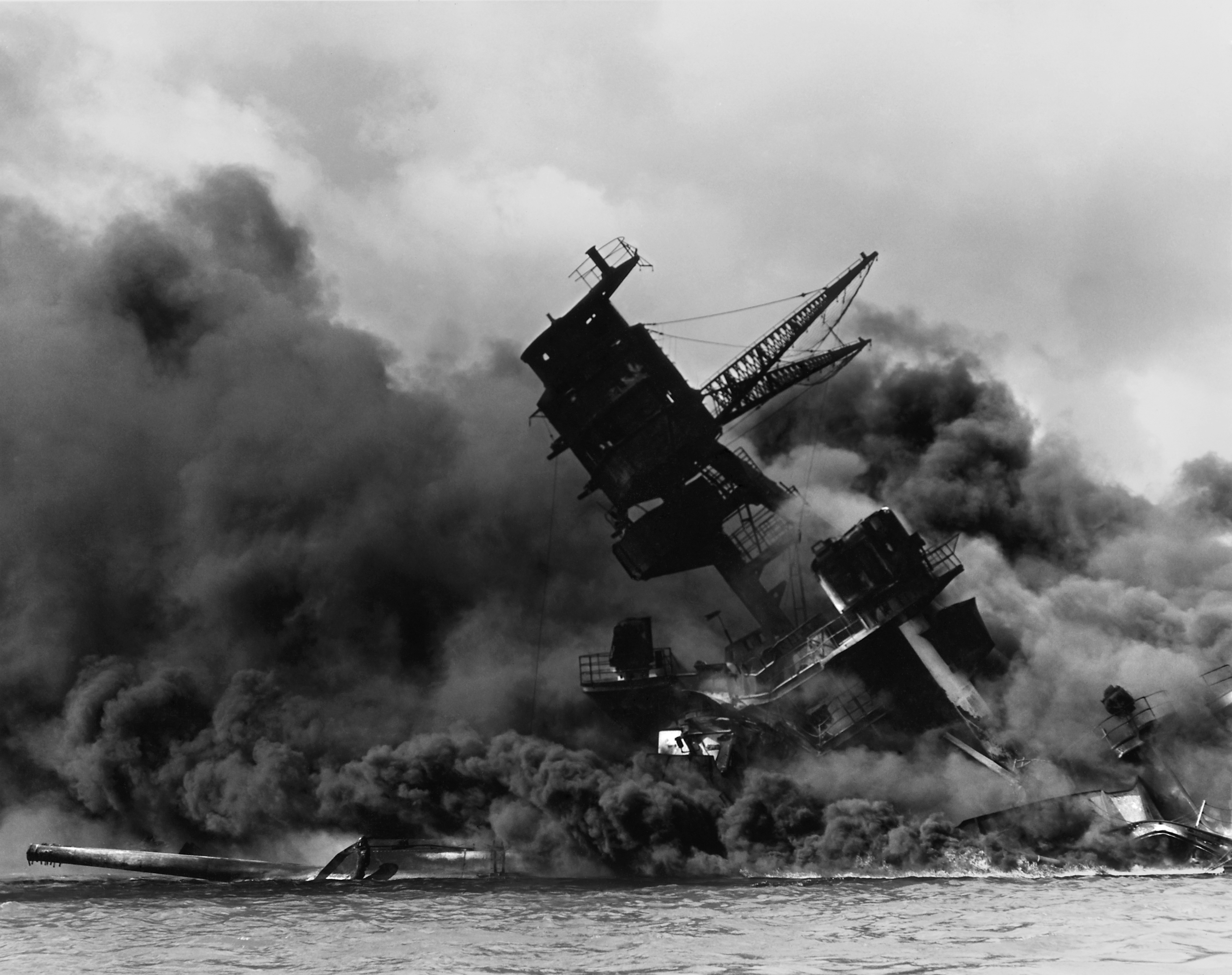
At 7:55 a.m. in Hawaii on Dec. 7, 1941, Japanese aircraft hit Pearl Harbor while synchronized assaults targeted the Philippines, Guam, Wake Island, Malaya, and Hong Kong. The plan relied on timing that multiplied force across the map. Sunday calm flipped to mobilization as radio bulletins spread and commanders scrambled to read a widening picture. One morning became a continent sized front, binding households, shipyards, and distant garrisons to the same clock that opened the Pacific War.
Sept. 11, 2001: Three Attacks, One Morning
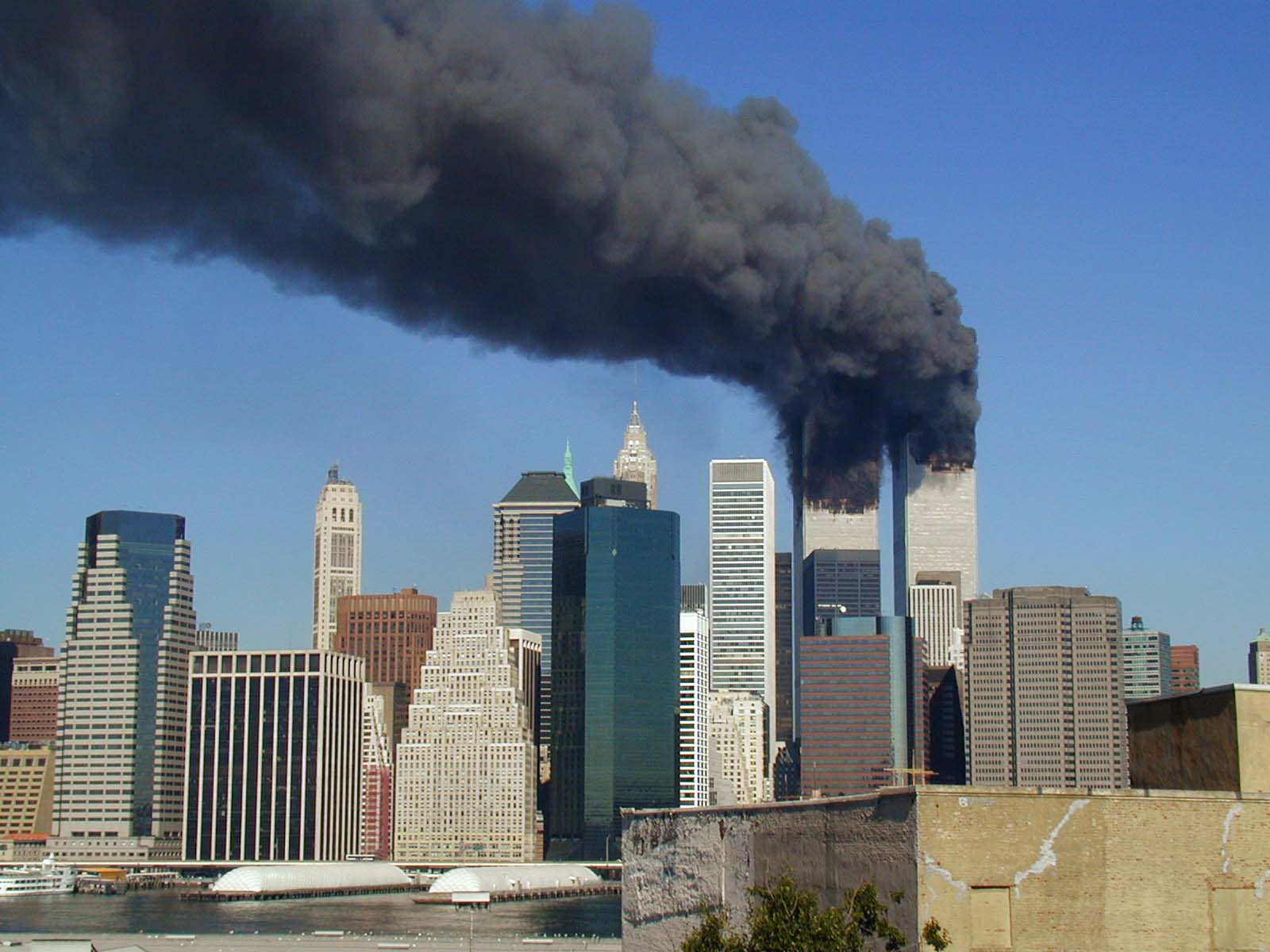
Minutes remade the world. Flight 11 struck the North Tower at 8:46 a.m., United 175 hit the South Tower at 9:03 a.m., and American 77 tore into the Pentagon at 9:37 a.m. With United 93 crashing at 10:03 a.m., agencies, markets, and borders shifted in real time. Airspace closed, phones jammed, and newsrooms carried scenes that felt unreal yet immediate. The morning compressed into a single experience shared across cities, setting decades of security doctrine in motion.
Aug. 24, 79 CE: Pompeii And Herculaneum Engulfed
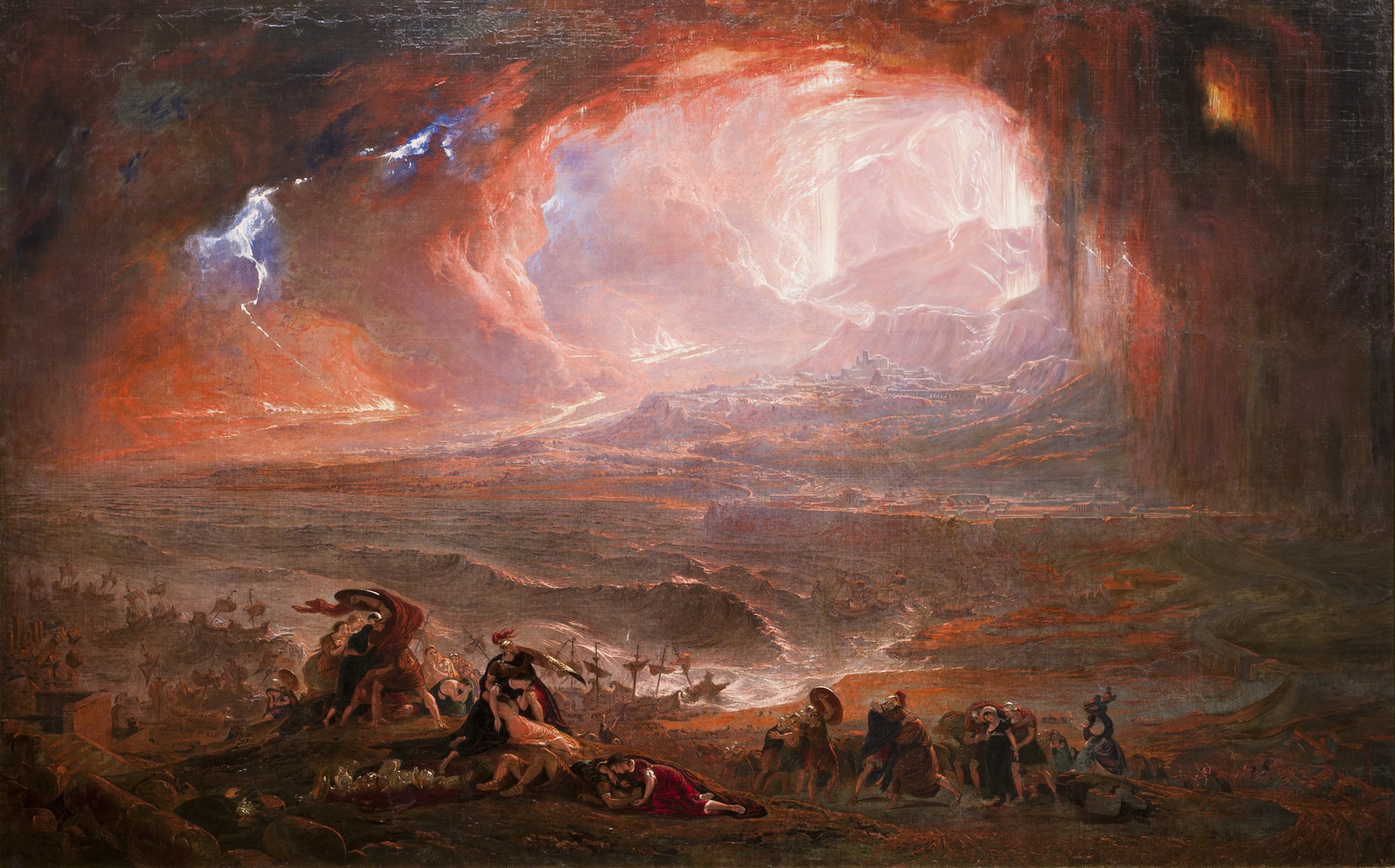
When Vesuvius erupted, twin fates unfolded across the same bay. Pompeii accumulated pumice and ash that froze errands mid step, while Herculaneum was overrun by surges that carbonized wood and sealed shorefront arcades. The clock matched, but the endings differed, giving archaeologists two lenses on Roman daily life. Market stalls, wall scrawls, and garden layouts survived by accident. The disaster’s simultaneity turned neighboring towns into a paired archive of how ordinary rhythms stop.
Jan. 30, 1933: A Dictator Rises As A Masked Hero Debuts
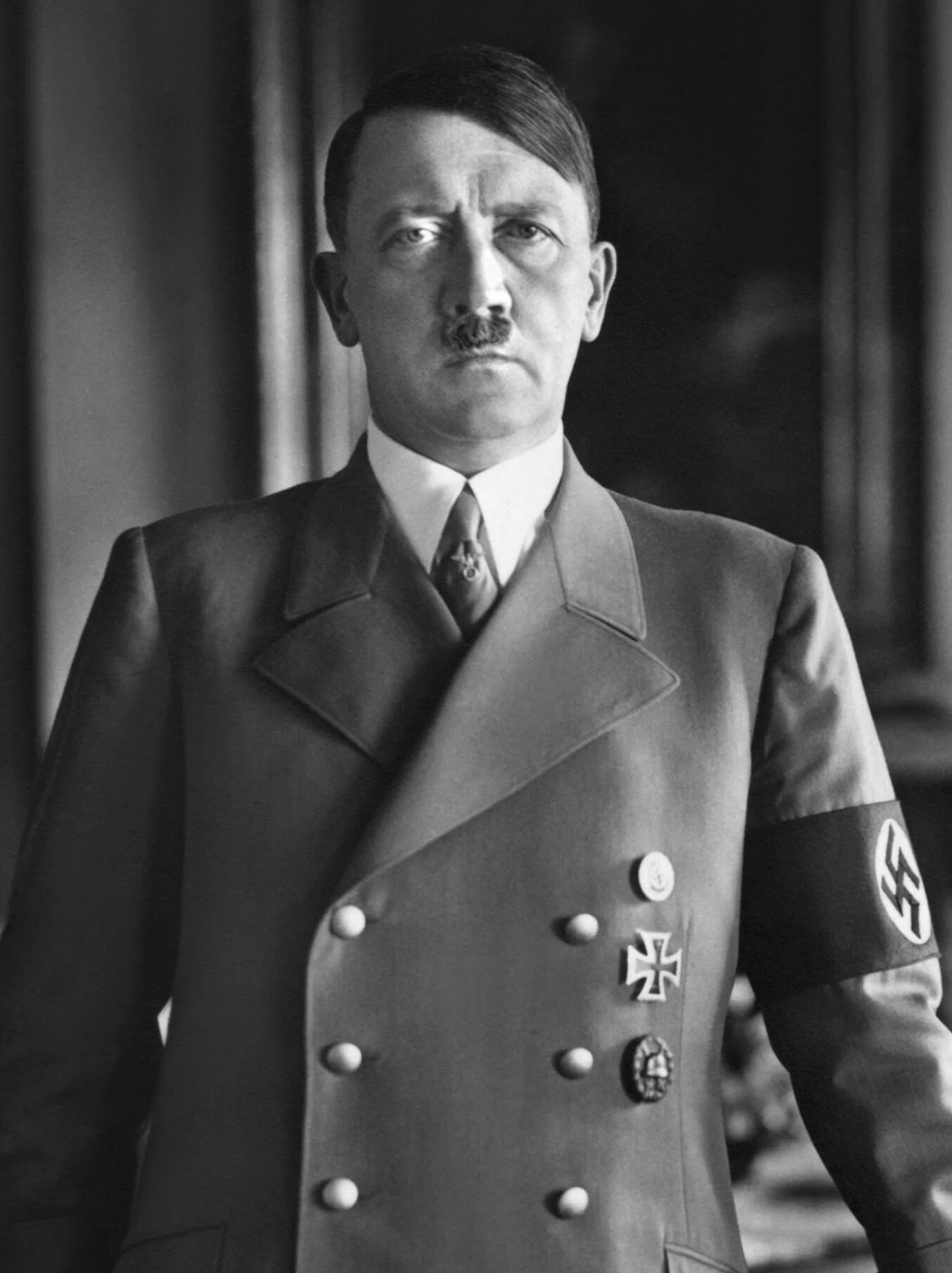
On the day Adolf Hitler became chancellor in Berlin, an American radio drama introduced a masked rider to millions. “The Lone Ranger” premiered that evening with tidy morality and frontier cadence. Politics and culture ran on the same schedule without touching. One audience listened for escape as another watched power consolidate. The overlap shows how entertainment can soothe or distract while institutions pivot, a reminder that private ritual continues even as history tilts in public.
Oct. 4, 1957: Sputnik Beeps While A Suburb Laughs

Sputnik 1 cleared the pad and began circling with a faint radio heartbeat that unsettled classrooms and defense planners. That day, “Leave It to Beaver” arrived on American television, a neat portrait of family dinners and backyard rules. Orbit and living room shared the calendar, capturing a mood that mixed awe with anxiety. Science curricula hardened overnight while sitcom comfort carried on. The pairing revealed a nation balancing skyward ambition with everyday habit in the same hour.
June 6, 1944: Five Beaches, One Dawn
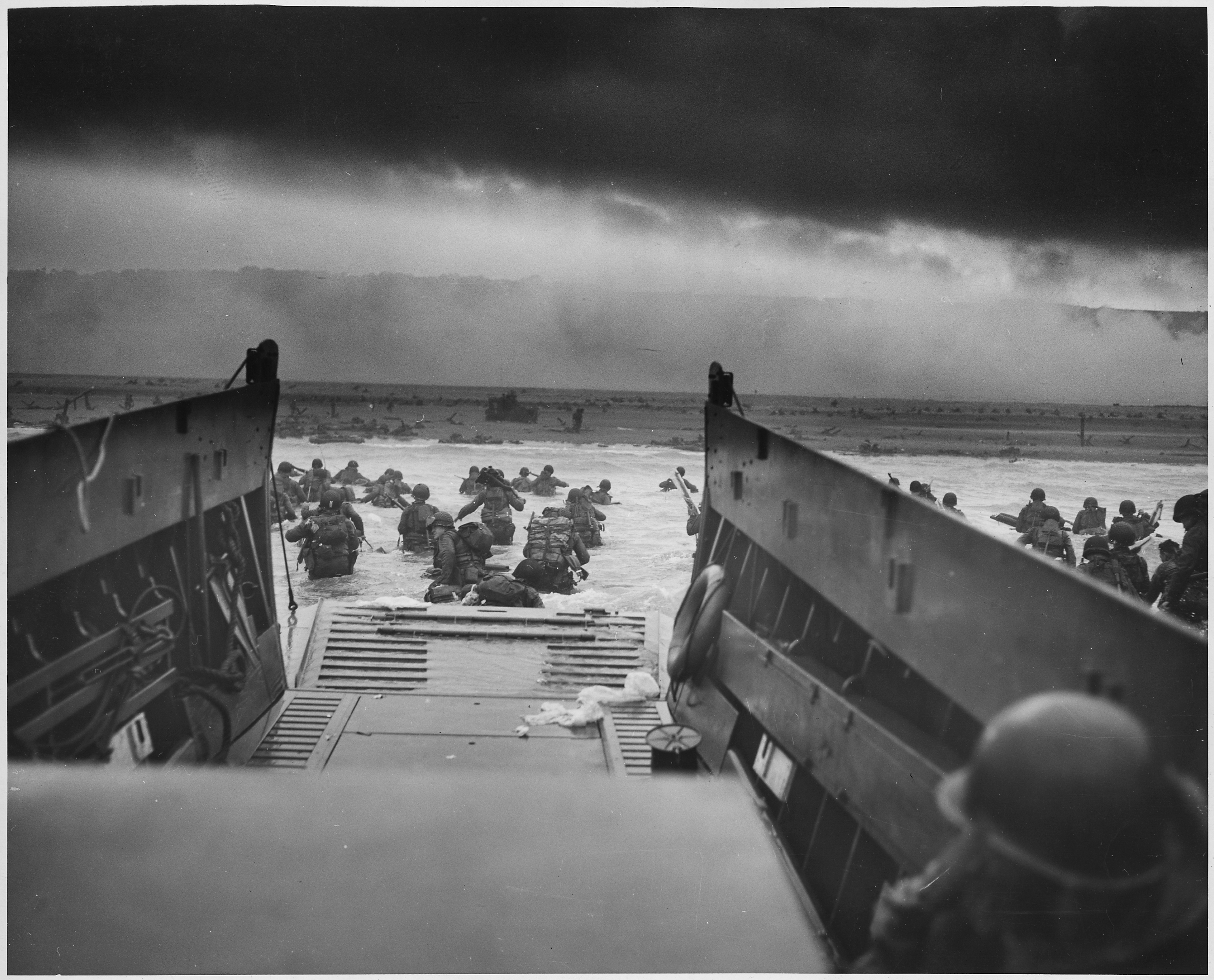
Gray light spread over Normandy as soldiers hit Utah, Omaha, Gold, Juno, and Sword within minutes, while paratroopers fought through hedgerows inland. The strategy was simultaneity, forcing German command to face problems it could not solve quickly enough. Tides and radios dictated choices that rippled from one beach to the next. Local courage met continental planning, and together they turned a chain of landings into one front that moved under the same tide clock and sky.
Apr. 14, 1865: Lincoln Shot Amid Coordinated Attacks

At about 10:15 p.m., a pistol cracked at Ford’s Theatre. In the same window, Lewis Powell forced his way into William H. Seward’s home and attacked him in bed, while George Atzerodt abandoned his plan to kill Andrew Johnson. The design was a simultaneous decapitation of leadership only five days after Appomattox. Washington nightlife flipped to a manhunt, and Reconstruction’s fragile path shifted under shock, grief, and the quick realization that the conspiracy reached beyond one stage.
Sept. 1, 1939: Poland Invaded As Britain Evacuates Children
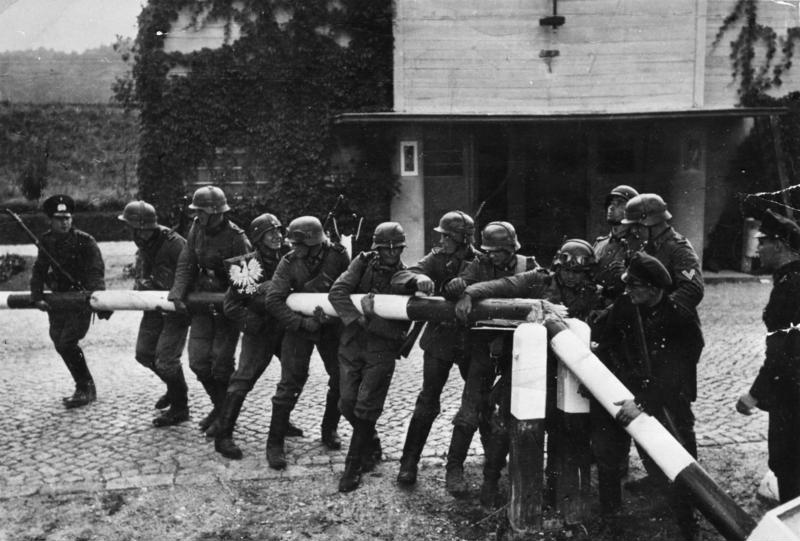
At dawn, German forces crossed into Poland as Britain put Operation Pied Piper into motion, sending children from city stations to countryside platforms. Tanks and tag cards moved at the same hour. Families packed gas masks and sandwiches while headlines confirmed the worst. War began on multiple tracks at once, military and domestic, and households learned new rituals of timetables, sirens, and ration books. The shared clock made the scale clear even before formal declarations followed.
July 13, 1985: Two Stages Share One Cause
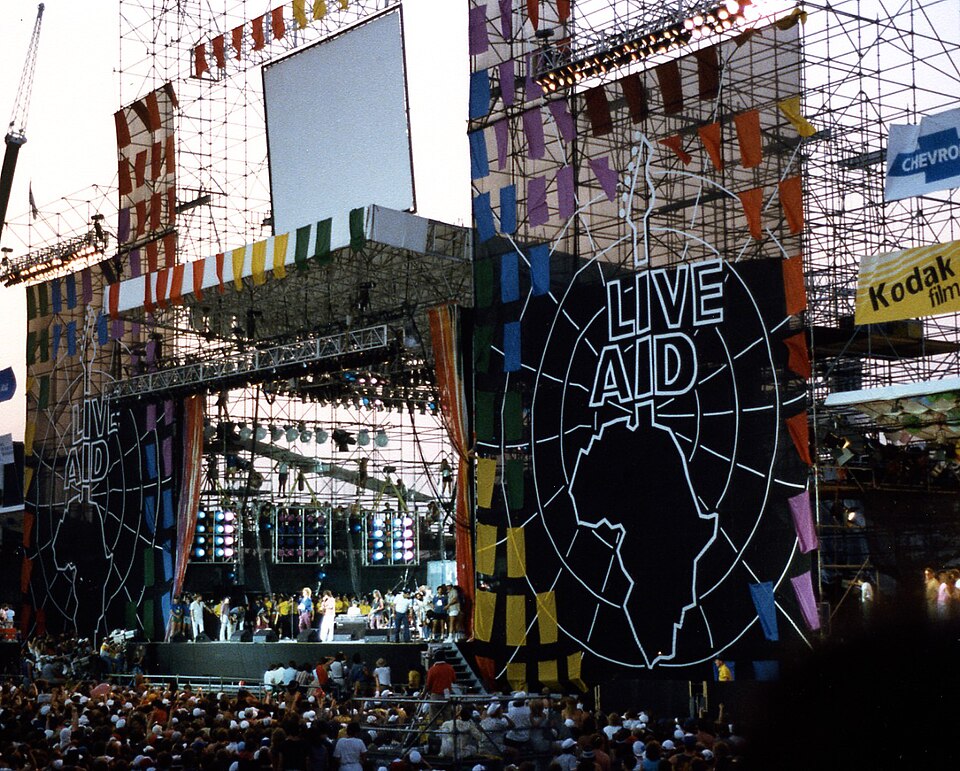
Live Aid existed in stereo. Wembley Stadium roared under gray skies while Philadelphia baked in summer glare, both feeding a global broadcast aimed at Ethiopian famine relief. Performers moved like relay runners between time zones, and audiences became one crowd stitched by satellites. The day proved that a shared clock could become a shared purse. Pop culture, logistics, and philanthropy synchronized for hours, raising money while turning music into a civic act felt in living rooms worldwide.
Nov. 8, 2016: Ballots In America, Banknotes In India

As U.S. precincts tallied ballots, India’s government announced at night that 500 and 1,000 rupee notes would cease to be legal tender at midnight. Two democracies lived through different kinds of upheaval at once, one measured in electoral maps, the other in queues at banks and ATMs. Phones lit with rumors and instructions, households adjusted, and policy debates began. The hinge was trust in institutions and design, and a shared expectation that morning would demand new routines.
